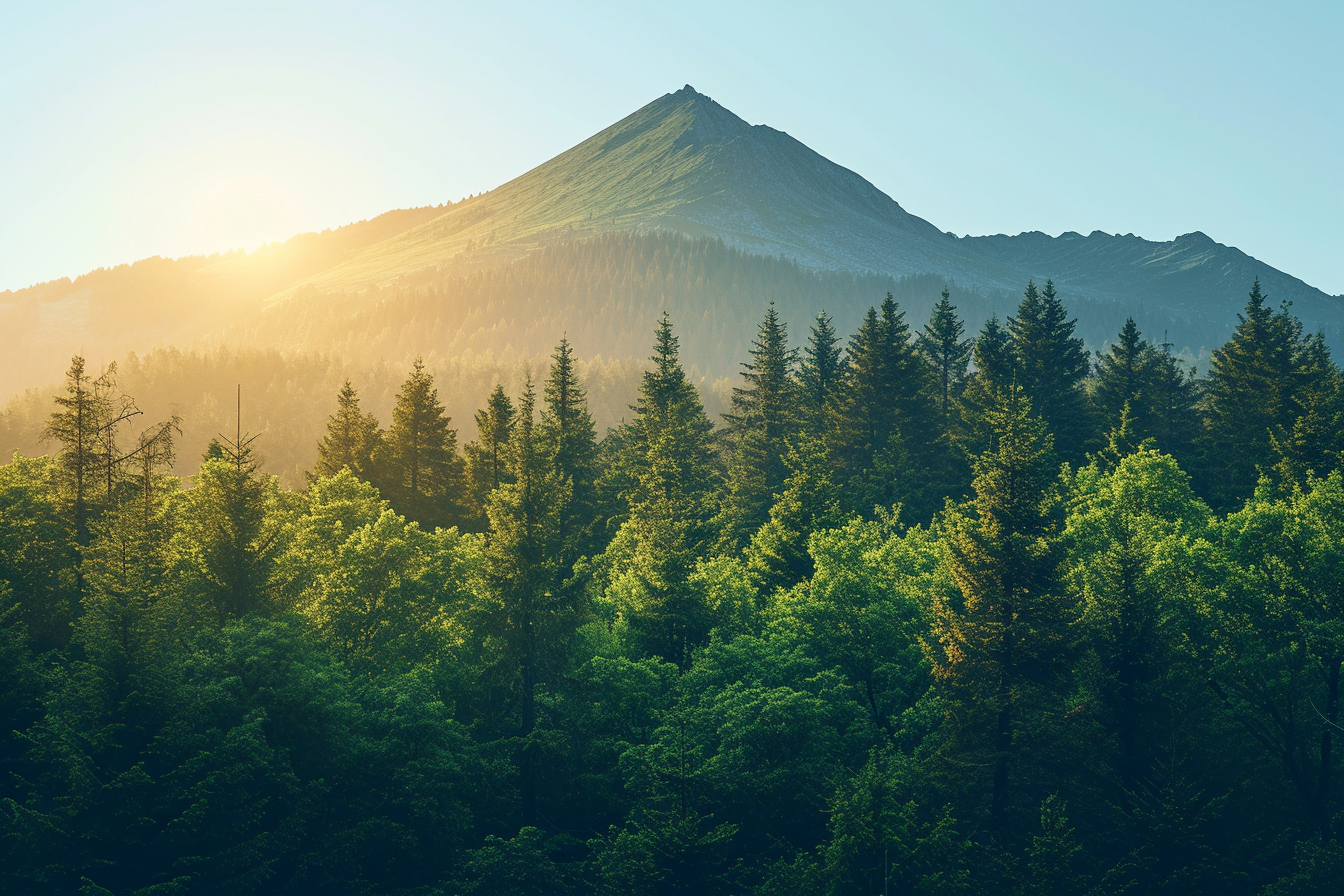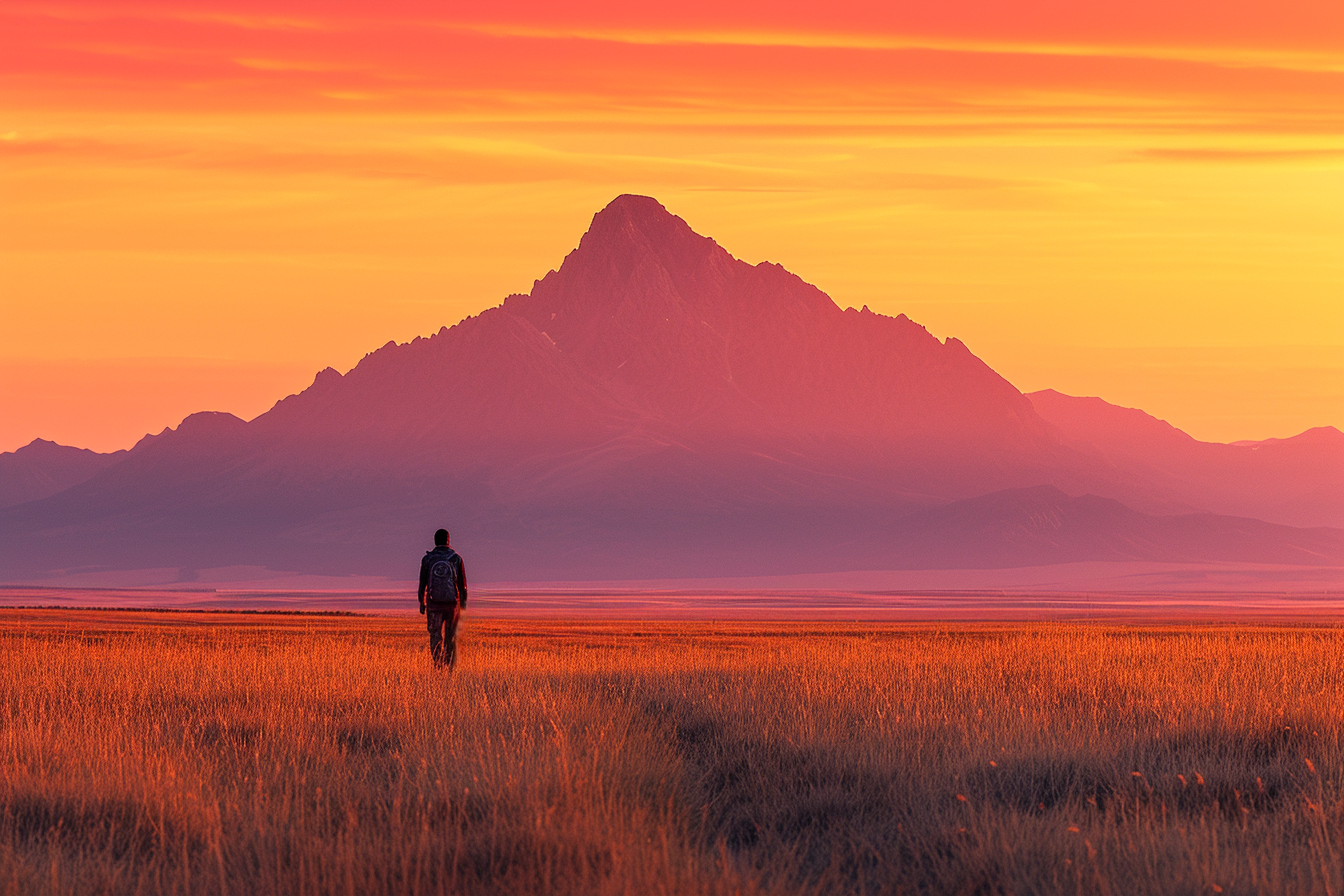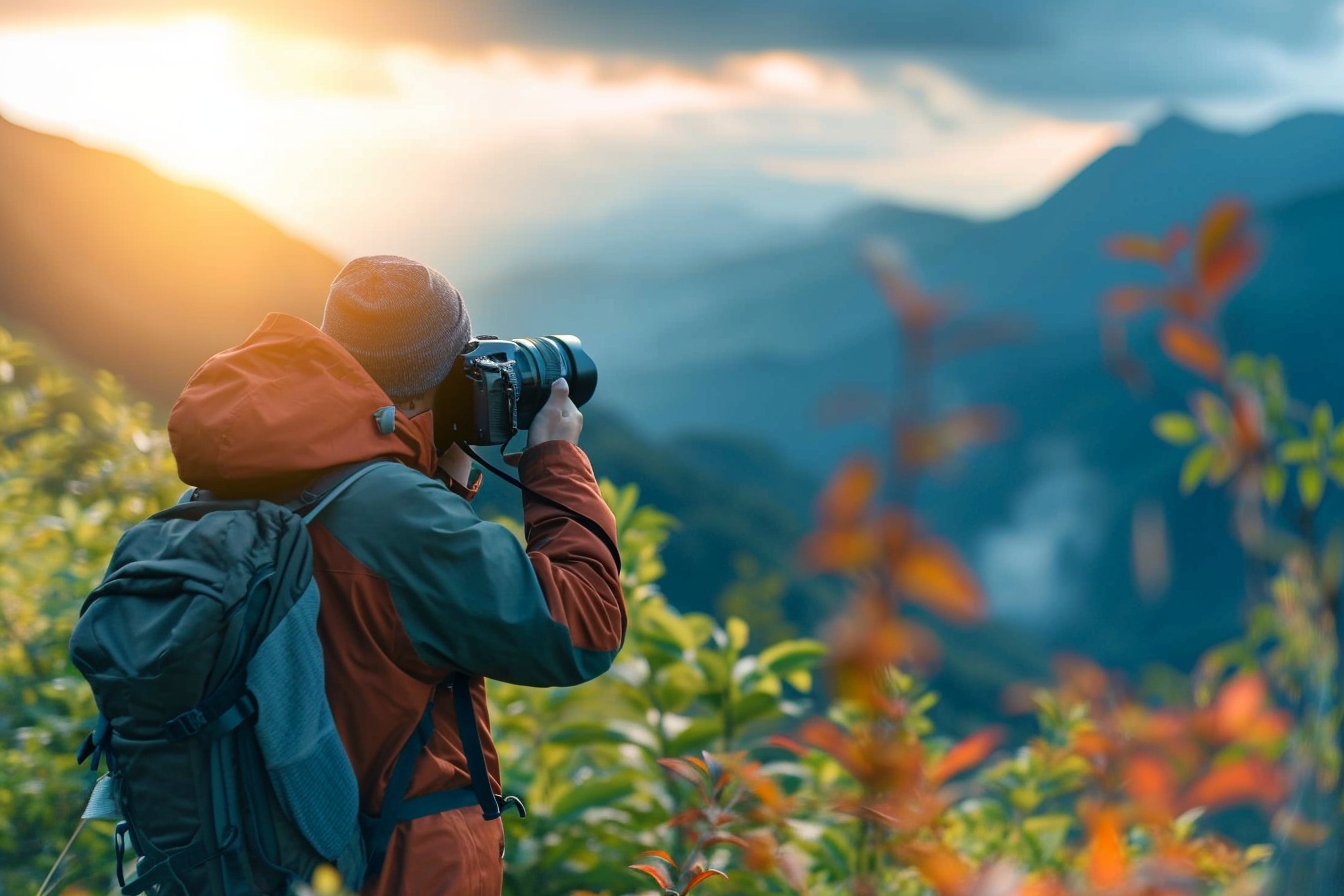The grandeur and splendor of landscapes have captivated photographers for generations. With the ability to compress space and bring distant objects into clearer view, telephoto lenses present an exciting opportunity to capture landscape vistas in a unique and compelling way. While wide-angle lenses might be the traditional choice for landscapes, telephotolenses offer an array of creative possibilities to enhance the visual narrative of your scenic shots.
Understanding the telephoto landscape

The unique perspective of telephoto lenses
Telephoto lenses, characterized by their long focal lengths typically ranging from 70mm to 300mm and beyond, are engineered to magnify distant subjects. This attribute enables photographers to isolate specific elements within a vast environment, creating a sense of intimacy and focus on details that might otherwise go unnoticed.
The compression effect and its creative applications
One of the hallmarks of telephoto lenses is their ability to compress the perceived distance between objects in the foreground and background. This effect can be harnessed to stack layers of the landscape, thereby producing a sense of depth and dimension. Photographers often exploit this phenomenon to construct a condensed but powerful visual perspective that highlights the relationships between different landscape features.
Equipment considerations and setup
Selecting the right telephoto lens
Choice of lens is pivotal in landscape photography. Factors to consider include focal length, maximum aperture, weight, and image stabilization. A lens with vibration reduction or optical stabilization technology is particularly advantageous in countering the minor hand tremors that can lead to image blur at longer focal lengths.
Tripods and heads for stability
Using a tripod is essential when working with telephoto lenses to stabilize the camera and prevent image blur due to handshake or wind. A sturdy tripod and a quality ball head or gimbal head offer the requisite support and freedom of movement to frame and precisely focus on the chosen landscape scene.
Composing with a telephoto lens: techniques and considerations
Targeting a focal point
Every compelling photograph requires a focal point to anchor the viewer’s attention. With a telephoto lens, this becomes even more crucial as the narrowed field of view can quickly lead to cluttered or undefined compositions. Identifying and centering on a specific subject, whether a mountain peak, a lone tree, or an architectural feature, lends purpose and direction to the image.
Incorporating foreground interest for depth
Even when targeted on a distant subject, it is beneficial to include elements in the foreground to offer viewers a visual pathway through the image. Such elements can also serve as a comparative scale, emphasizing the grandeur of the landscape. The trick lies in finding a balance, ensuring that the foreground complements rather than overwhelms the main subject in the distance.
Using leading lines to guide the eye
Leading lines are potent compositional tools that direct the viewer’s gaze through the photograph. In landscape photography with a telephoto lens, natural contours like river bends, rows of trees, or ridges can serve as ideal leading lines, guiding the eye to the central focus of the image.
Layering elements for dimension
As landscapes often exist in layers — sky, mountains, fields — telephoto lenses can emphasize these distinct segments. Through careful composition, photographers can create layers within the frame, each with its focus and exposure, contributing to an image’s depth and complexity. Skillful use of these layers leads to a more immersive and engaging photograph.
Exposure and focus mastery
Understanding the exposure triangle with long focal lengths
Long focal lengths amplify the effects of camera shake and the need for faster shutter speeds to avoid motion blur. Mastering the balance between shutter speed, aperture, and ISO is critical in landscape photography. An adequately fast shutter speed will ensure sharp images, while the chosen aperture can affect the depth of field, and ISO adjustments can compensate for changing light conditions.
Hyperfocal distance for maximum sharpness
The concept of hyperfocal distance remains especially pertinent when using telephoto lenses for landscapes. The hyperfocal distance is the point of focus where everything from halfway between the camera and this point to infinity falls acceptably sharp. Calculating and focusing at the hyperfocal distance ensures optimal sharpness across the entire landscape.
Continuous autofocus and manual tweaking
While modern cameras offer sophisticated autofocus capabilities, fine-tuning focus manually remains an indispensable skill. In landscape photography, you may employ continuous autofocus to track dynamic elements such as wildlife or moving water. However, manual adjustments can offer greater precision in achieving the desired focus, particularly in complex scenes.
Creative techniques for visual impact

Isolation of subjects for impactful storytelling
A telephoto lens can isolate subjects within a crowded landscape, allowing photographers to tell more targeted visual stories. By focusing on a standalone feature or a group of elements within a wider context, the resulting images can evoke emotions or narratives that might not be apparent in a wider view of the scene.
Panning for dynamic motion effects
Panning with a telephoto lens introduces an engaging dynamic into landscape photography. This technique involves setting a slower shutter speed and moving the camera to follow a moving subject, such as wildlife or vehicles. The background blurs into streaks of color, while the subject remains sharp, imparting a sense of motion to the still image.
Playing with light: the golden and blue hours
The quality of light has a profound effect on the landscape. The warm, soft light of the golden hour—shortly after sunrise or before sunset—can add a magical glow to scenes, enhancing textures and contours. Conversely, the blue hour provides a cool, ethereal light that can turn landscapes into moody, introspective canvases. With a telephoto lens, the interplay of light and shadow at these times can be particularly dramatic, as the narrowed field of view emphasizes the impact of the light.
Overcoming challenges in telephoto landscape photography
Managing weight and mobility in the field
Telephoto lenses can be bulky and heavy, presenting challenges in mobility for the landscape photographer who needs to traverse rugged or remote terrain. Strategies for managing this include adopting lightweight carbon fiber tripods, lens collars for balanced support, and using camera backpacks designed to distribute weight evenly. A monopod can also be a useful compromise when needing to be mobile yet stable.
Dealing with atmospheric distortion
Longer focal lengths are more susceptible to atmospheric conditions such as heat haze or fog, which can reduce clarity and contrast. To mitigate these issues, aim to shoot in cooler conditions, use polarizing or UV filters to cut through the haze, and hone post-processing skills to recover details and contrast.
Addressing vignetting and lens sharpness
Vignetting, the darkening of the corners of an image, can be caused by many telephoto lenses, particularly at their widest apertures. Stopping down the aperture (using a smaller aperture) can minimize this effect. However, it’s essential to know the sharpest aperture or ‘sweet spot’ of your lens, as lens sharpness can vary at different apertures.
Crafting compelling compositions
Experimenting with aspect ratios
Exploit various aspect ratios to craft the visual language of the landscape photograph. Traditional landscapes often use a wide format, but telephoto lenses encourage experimentation with less conventional ratios. Consider the impact of a square or vertical composition to intensify the subject matter or focus the viewer’s attention more tightly on specific details.
Dynamic tension and negative space
Balance is key in photographic composition, but so is the intentional use of dynamic tension or negative space. These compositional strategies involve arranging subjects and empty space in the frame to create a subtle pull of visual forces. This can add intrigue and a sense of motion or anticipation to a landscape image.
Post-Processing techniques to enhance telephoto shots
Balancing exposure and enhancing details
Post-processing software offers a suite of tools to finesse exposure, recover shadows and highlights, and bring out latent details in the captured image. Local adjustments using brushes or gradients in software like Adobe Lightroom or Photoshop can rectify specific areas that need attention without affecting the integrity of the whole image.
Color correction and adjustment for mood
The mood of a landscape photograph can be greatly affected by color temperature and saturation. Careful color correction can ensure that the colors in the image reflect the scene realistically, or you can adjust them creatively to alter the atmosphere of the photograph.
Sharpening and noise reduction strategies
Finally, digital sharpening can enhance detail, especially important when a smaller aperture has been used for maximum depth of field. Concurrently, noise reduction techniques can counteract any high ISO grain that might detract from the clarity of the landscape image. However, these adjustments should be applied judiciously to avoid an over-processed look.
Landscape photography with a telephoto lens requires a blend of technical skill, an eye for composition, and an understanding of the unique capabilities the lens provides. By embracing these techniques and tips, you can transform your scenic captures into stunning photographs that encapsulate the awe-inspiring beauty of nature’s panoramas. While the quest to master the telephoto landscape is ongoing, the pursuit itself is a fulfilling and creative journey.











